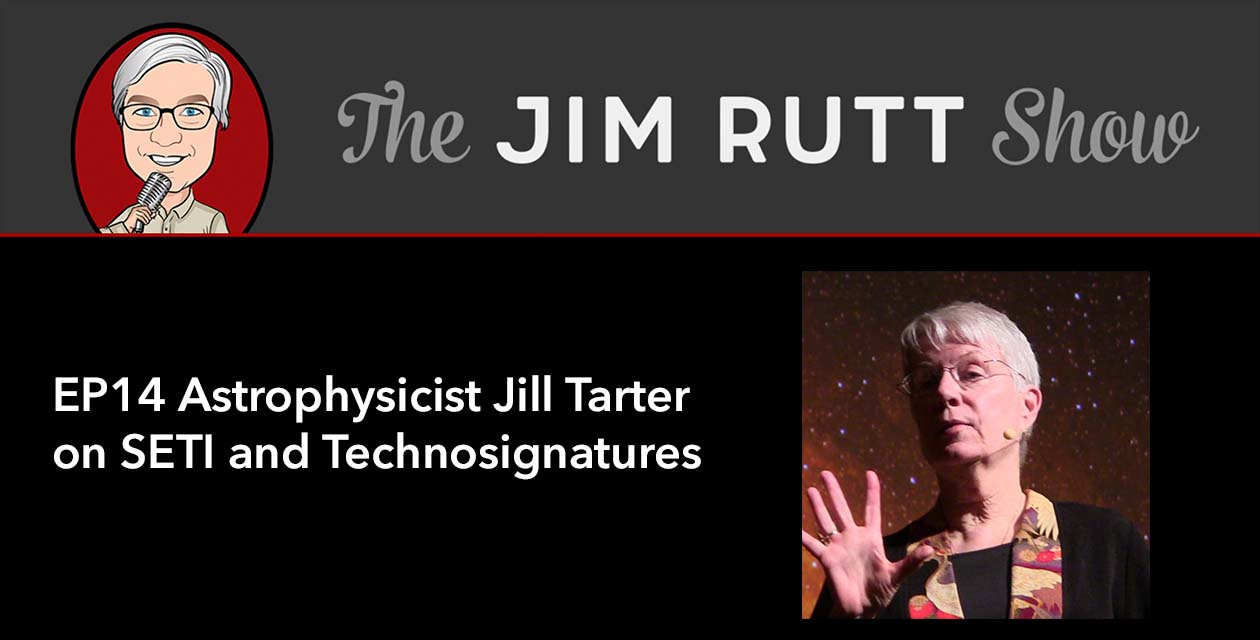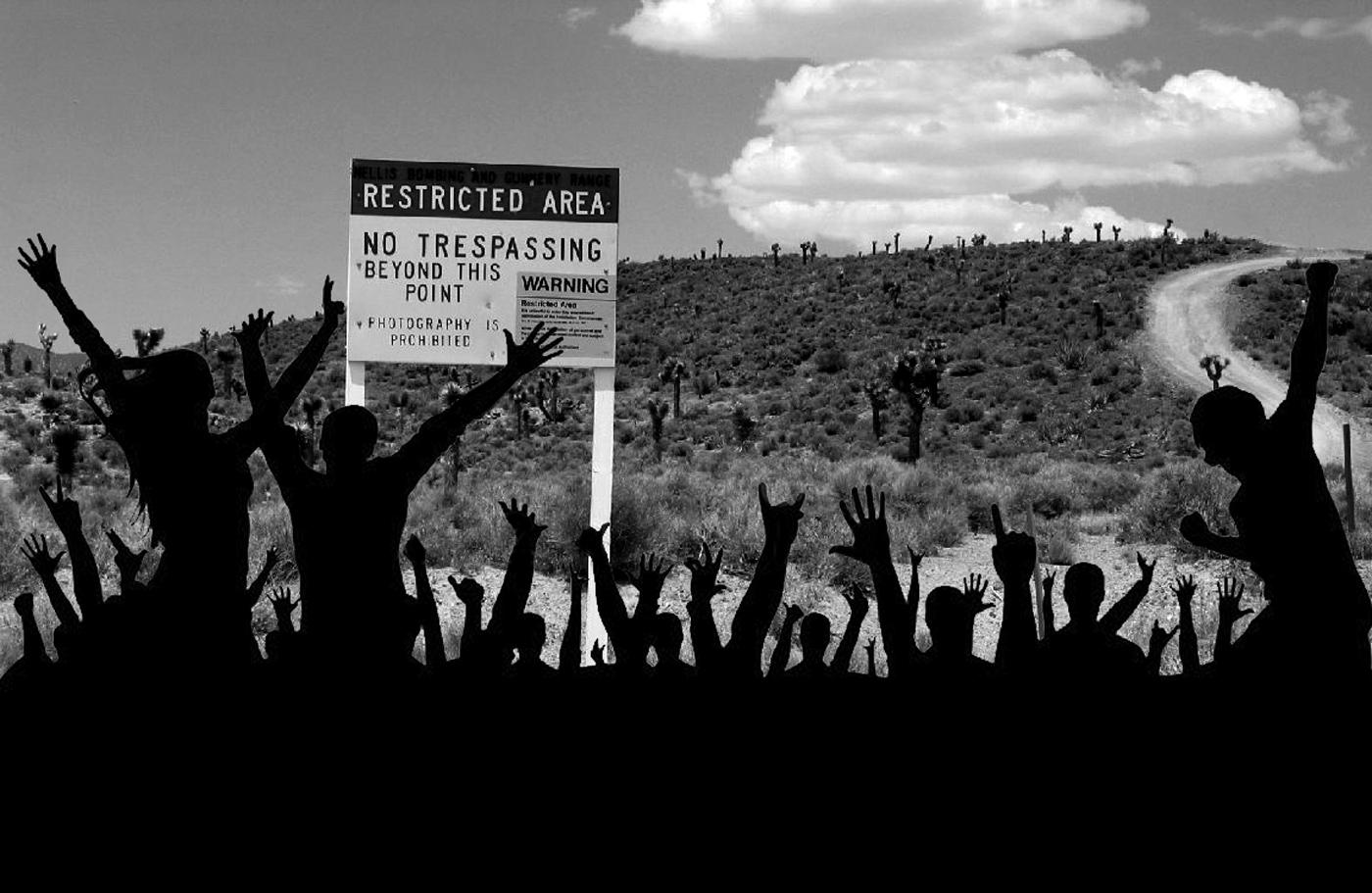
The eVscope telescope successfully observed the occultation of Orus, a recently-discovered asteroid sharing the same orbit as Jupiter. Unistellar, the startup responsible for developing the telescope, announced the groundbreaking success in imaging the occultation in a recent press release. The eVscope’s advanced light-accumulation technology makes it possible to image astronomical objects to an unprecedented degree for a small consumer telescope. Gadget covered the story, quoting Franck Marchis, who is a SETI Institute senior planetary astronomer and chief scientific officer and at Unistellar:
“Orus was recently discovered, in 1999 and much remains to be learned about it. Its shape is poorly constrained and we don't know if it possesses one or several satellites, which would obviously have consequences for the design of the exploration phase of the Lucy mission. This is the first time an Orus occultation has been observed. We were at the right spot and everything worked perfectly.”
Thanks to a partnership with the SETI Institute, the eVscope will make it possible for users to be citizen scientists. They will be able to pinpoint a target to observe, collect data, and share it with others, opening up exciting opportunities to make scientific contributions.
- Gadget: Now anyone can join in mission to Jupiter’s asteroids
- SETI.org: Asteroid Orus Occultation Observed for the First Time Ever by eVscope
 Jill Tarter on the Jim Rutt Show
Jill Tarter on the Jim Rutt ShowJill Tarter, Chair Emeritus for SETI Research at the SETI Institute, appeared on the Jim Rutt Show to discuss the search for extraterrestrial intelligence. Tarter, who co-founded the SETI Institute, spoke about the SETI journey so far, and current efforts to discover life beyond Earth:
“Well, SETI, first of all, is a misnomer and always has been because we don’t know how to directly detect intelligence. What we’re doing is using technology as a proxy, and if we find the technology, we’re going to infer the presence of intelligent technologists, at least at some point in time. We’ve begun using a term that’s techno-signatures that parallels the bio-signature work looking for evidence of any kind of life, microbes. We want to look for the mathematicians, so we’re looking for techno-signatures, anything that would be a change in the environment in a way that you could sense over interstellar distances.”
Tarter was also referenced in a recent Space.com article that discussed the search for technosignatures, a term coined by Tarter.
- Jim Rutt Show: EP14 Astrophysicist Jill Tarter on SETI and Technosignatures
- Space.com: Advanced Alien Civilizations May Produce 'Technosignatures' That We Could Find, Experts Say
- ArXive.org: NASA and the Search for Technosignatures
 “Storm Area 51” Becomes “Alienstock”
“Storm Area 51” Becomes “Alienstock”After weeks of hype, the Facebook event that began as a joke, "Storm Area 51," has come and gone. Rather than a mass uprising of various nerd fandoms leveraging their sprinting abilities to overwhelm the armed guards of a highly classified US Air Force facility, the event turned into more of a laid-back, peaceful celebration of all things alien-themed. More than 2 million people signed up to attend the event via Facebook. In the end, only several thousand showed up in the small nearby town of Rachel, replete in sci-fi costumes and artfully designed tin foil hats. Fox & Friends invited SETI Institute Senior Astronomer Seth Shostak to share his reaction to the “Alienstock” event, and The New York Times also reached out to Shostak for comment:
“We don’t investigate reports of sightings here,” Mr. Shostak clarified at the beginning of an interview. “Although I have to tell you, also, that I get phone calls from people that are having difficulties with aliens in their personal lives, so I do deal with the idea.”
Shostak said the evidence of alien life is, at this time, "essentially none." He also contended that in all the space of the universe, it would be surprising if Earth alone was the home to intelligent life.
"It's like saying, 'Will we ever cure the common cold?' I would say, we will," he said.
Considering that today a carefree joke can take the Internet by storm and materialize into an actual event, discovering life beyond Earth hardly seems farfetched.
- The New York Times: Area 51 Raid: They Come in Peace, So Far, in Search for Aliens
- Fox News (Video): Senior SETI astronomer on 'Storm Area 51' and the search for intelligent life in the universe
- SETI.org: Storming Area 51
 Apocalyptic Anxieties
Apocalyptic AnxietiesSeth Shostak, Senior Astronomer at the SETI Institute, recounted in a recent article for Quartz an exchange between him and a young man who expressed a sense of resigned pessimism for the future of humanity. The gentleman listed off several existential threats that seem to forecast doom, from climate change to nuclear Armageddon, and seemed convinced that the demise of our troublesome species was assured. Shostak’s response: “chill.” Shostak contends that humankind is unlikely to be entirely killed off, and has data on his side that is (somewhat) reassuring:
Despite our best efforts, we’re not going to wipe ourselves out.
That's because an apocalypse is well-nigh impossible. We're like ants: We're vulnerable to being killed en masse, but the species will survive because, like ants, we’re numerous and dispersed. No matter how many supposedly humanity-ending threats you hurl—literally, in the case of ballistic missiles—humans will continue to crawl the Earth. This comfort may be cold, but it’s still a fact.
Shostak runs through the list of apocalyptic scenarios, making a strong case for our survival in spite of a horrifying catastrophe. For those who still need reasons to lie awake in terror each night imagining the apocalypse, he concedes there are a few real perils. Namely, asteroid impacts and gamma-ray bursts could very well spell our doom. Shostak believes abandoning hope, however, is an illogical conclusion to reach, even in the face of the unprecedented global threats caused by humanity:
The millennial dystopian attitude is not unreasonable. The problems we confront in this century are menacing, and they won't solve themselves. But a resort to the logic of "it doesn't matter what we do because we're all doomed anyway" is both lazy and wrong.
- Quartz: Apocalypse Nah: Humanity will outlive climate change and nuclear war, no matter how bad it gets
In last week’s episode, explore the good and bad ways technology is increasingly encroaching into our lives in an encore of Keeping Humans in the Loop. In our previous week’s episode, discover the multitude of life living on us, in us, and in every possible ecological niche in an encore of Rip Van Winkle Worm.
Last time on Facebook Live, Michael Busch and Seth Shostak discuss the latest visitor from interstellar space, the comet Borisov. Videos of all past Facebook Live events are on our Facebook page: https://www.facebook.com/SETIInstitute/





